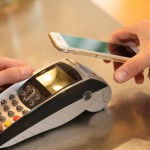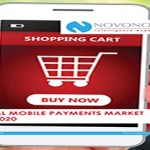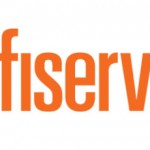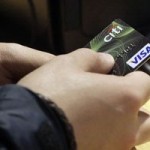The Big Questions For Mobile In 2017
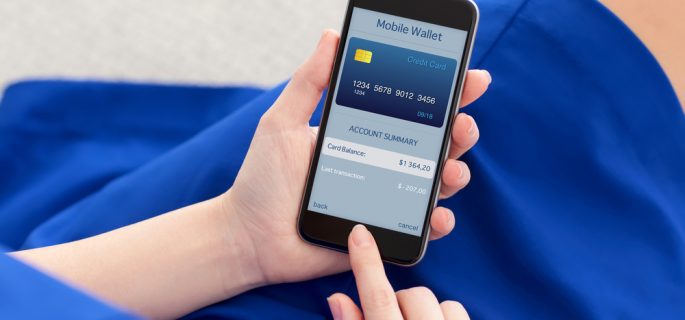
Well, the gifts have been opened, the roast beast is a memory being celebrated in cold sandwich form this week and the malls are once again full of shoppers — who are now returning the wrong gifts and getting themselves the right ones (and whatever else happens to be on really good discount this week).
Christmas is in the tank of yet another year, which means the only thing left to do is get the tuxedo to the dry cleaner, get the champagne in the fridge and the shrimp cocktail on ice — because it is almost time to celebrate the ringing in of the new year. And whether one intends to be at First Night someplace, watching the ball drop in Times Square, at a black tie gala or at home on the couch struggling mightily with your spouse to stay awake all the way until midnight (harder than one might think for people with children), as of Saturday night at 11:59 p.m., we will all have one question in common.
What’s next?
And though many would opine and offer predictions, we are staying far away from that racket. We learned a lot about 2016, but first and foremost, we learned that the future is a much weirder, more random and harder to predict place than previously thought. The only things we can confidently say about this year, predictions-wise, is that we will spend less time watching political debates on TV and more time getting drawn into them on social media.
Hooray.
But while we can’t tell you what will happen next, we can (and will) tell you who and what to watch when it comes to mobile payments in 2017.
So, what are our favorite questions for next year?
Are we finally good on “…” Pay services?
This year, it seemed anyone who was anyone wanted to have a mobile payments platform to call their own. Walmart kicked Walmart Pay out the door. Chase Pay had been announced before 2016 but spent this year getting really serious about covering some big digital ground. Citigroup managed something of a surprise with Citi Pay and brought a new idea on how to do mobile with it to boot. Kohl’s even rolled out Kohl’s Pay — though, as of now, it is more a privilege for cardholders than an openly available payments platform.
And those, of course, joined the ranks of the existing “Pay” class — Apple Pay, Android Pay, Samsung Pay and PayPal (always a maverick in digital payments, PayPal puts the pay first in its name, not second).
The obvious question for 2016: Does anyone else have a Pay service they’d like to show us? Target? BoA? Anyone?
While our instinct might be to say we’ve seen the full slate of Pays, we’ve said that before — usually a moment before a new one launches. This year, we’ll wait and see.
Will NFC payments ever feel the love?
The numbers so far, we have noted, don’t seem to favor that outcome. Apple Pay — the strongest player in the NFC field — has rather weak adoption rates. Less than 20 percent of customers who can use the service have ever actually tried it. And even among those that have — who, statistically speaking, like the service, think it is secure and, on the whole, view it positively — generally just don’t use it when they can. When it comes to cases at the POS, 90 percent of the time, the customer goes with plastic instead of digitally stored plastic.
So, is the love coming soon to a POS terminal near you? Well, it seems fairly clear at this point that, on their own, mobile payments aren’t causing consumers to ditch their cards. Consumers like their cards and are used to using them. They seem to need a better reason to use something else beyond the mere fact that they can.
But the wallets are learning and are trying to work with those merchant partners to tie more rewards around using those mobile payments at the point of sale.
Of course, the POS as we know it would have to survive. Which leads to our next question…
Will the POS as we know it survive?
With all the big headlines about how Amazon has found yet another category of retailers to make desperately unhappy with its foray into the world of real-world grocery stores, the underreported headline is what else Amazon is taking aim at with its launch — the traditional POS. Instead of having consumers line up and scan their goods before they pay and leave, Amazon — through the magic of sensors and security cameras — is keeping track of what consumers are adding to their smart baskets as they shop, tabulating the buy in the app and charging the customer’s card Uber-style once they are done leaving the store.
Who needs a checkout line?
And while Amazon got the most press for this innovation, it should be noted that it is not quite the first to market with it in a big way. Walmart — through its Sam’s Club wholesale store division — has been quietly piloting a similar, if less high-tech, version of a POS-free world by giving shoppers the ability to scan their goods as they go and then check out via Walmart Pay without making a stopover in the checkout line.
And while Walmart has not announced it is bringing that to its retail stores, it also hasn’t announced it is not bringing it to its retail stores. The official answer on that subject seems to be “we’ll see.”
So, perhaps the most relevant question is not whether consumers will be using Apple Pay — or its various analogs — at the POS. The better question is how much longer will anyone be using any payment method at a POS at all.
Again, we have no answers to offer as of yet, but that’s OK because, as of Jan. 1, 2017, those questions will start being answered for us.
Source: PYMNTS









